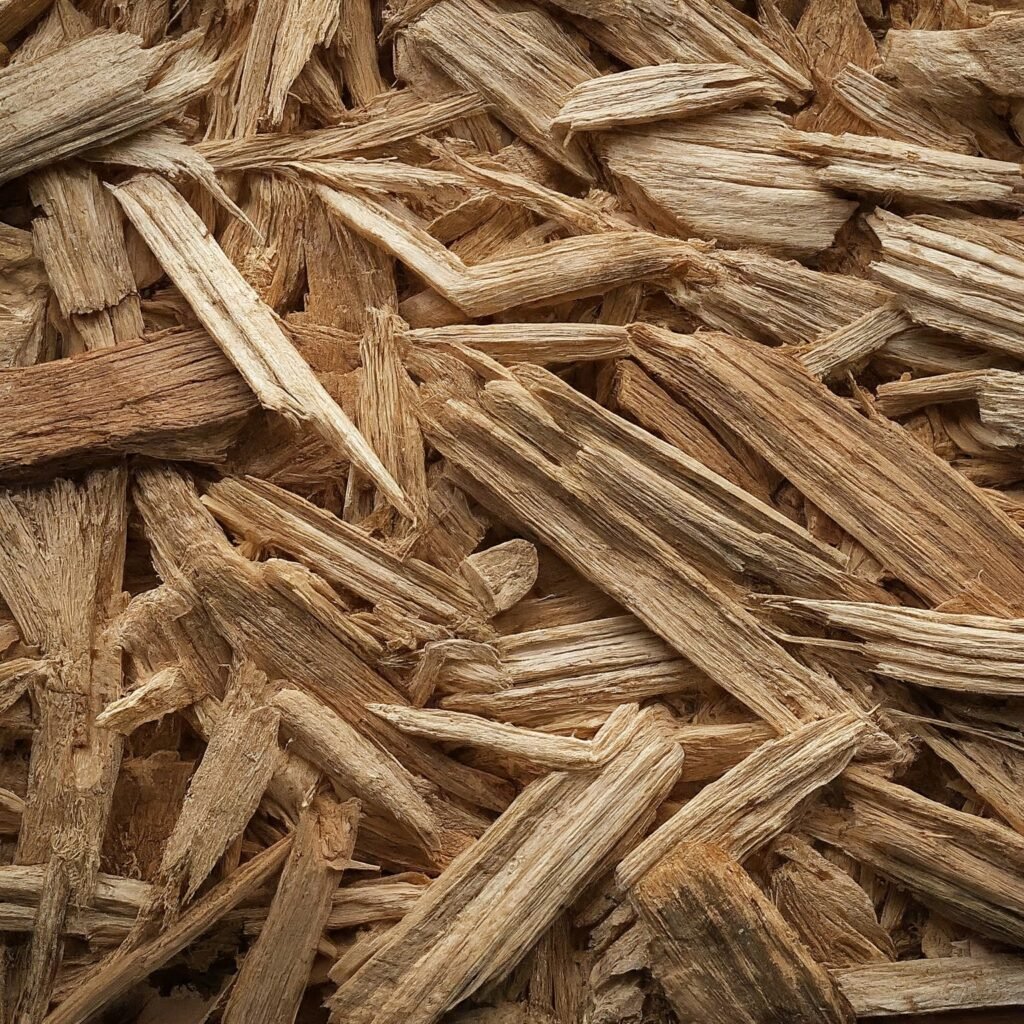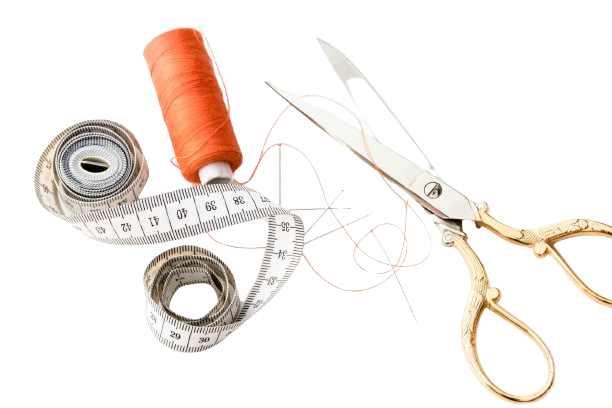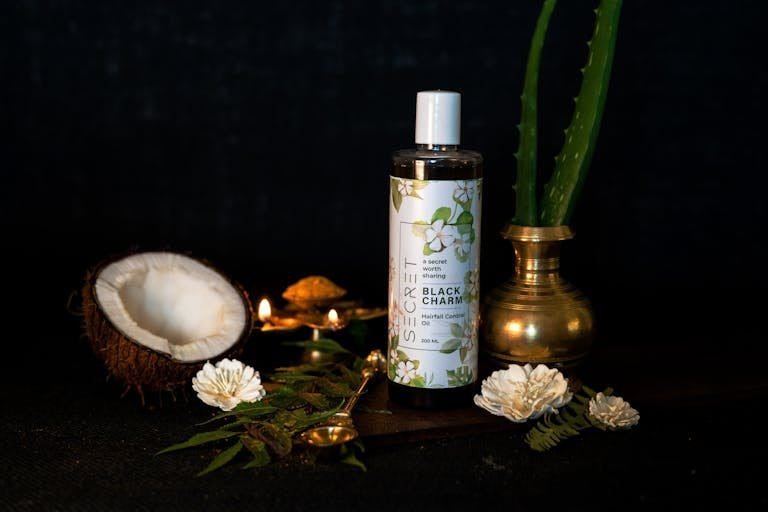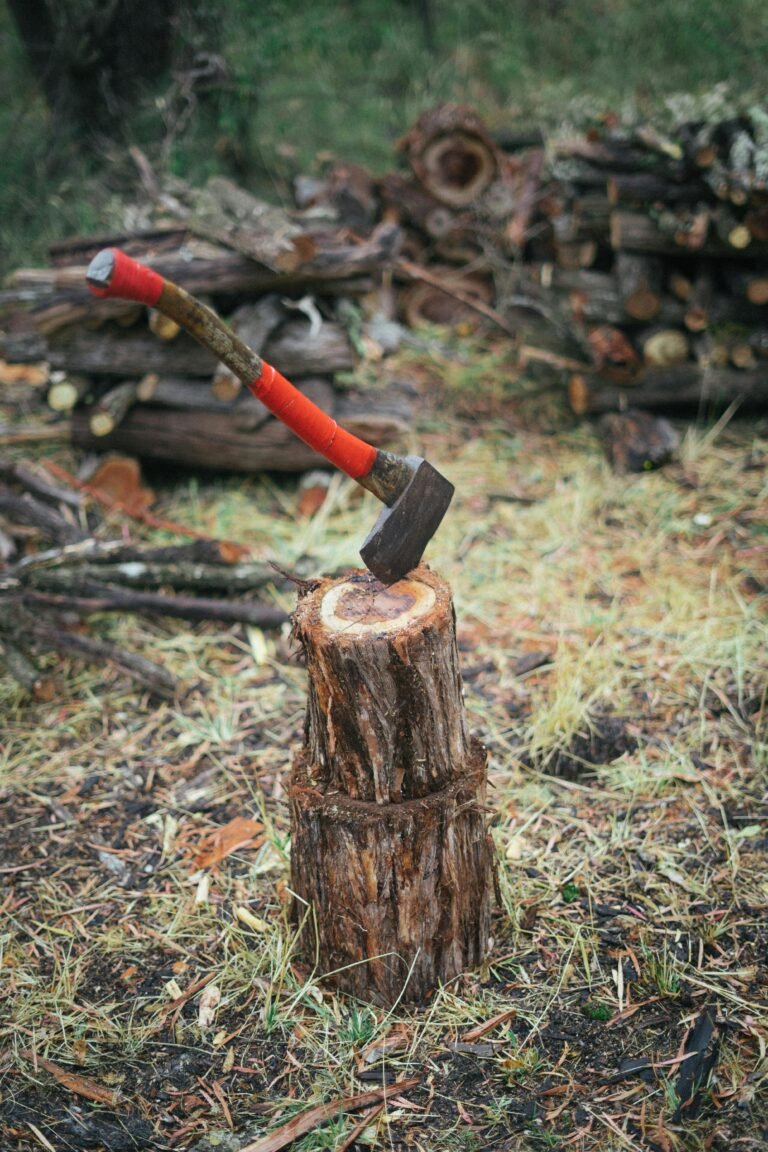Introducing SDF Wood: The Future of Sustainable Building
SDF wood, short for Sustainable Design Fiberboard, represents a significant advancement in the field of engineered wood products. With an increased focus on sustainability, SDF aims to meet the growing demand for environmentally friendly materials while delivering the performance consumers expect from traditional fiberboards like MDF (Medium Density Fiberboard).
This blog delves into everything you need to know about SDF Wood. how it’s made its treatment processes, and why it stands out as an eco-friendly option in the wood industry.
Definition of SDF Wood
SDF, or Sustainable Design Fiberboard, is an engineered wood product designed with a primary focus on sustainability. While it shares many of the characteristics of traditional MDF, its production process prioritizes reducing environmental impact. This includes the use of recycled wood fibers and eco-friendly adhesives, making it a more sustainable alternative to conventional wood products.
Key Characteristics of SDF
SDF wood is recognized for its distinctive features that set it apart from other types of engineered wood. Here are the key characteristics that make SDF wood unique:
1. Sustainability
Sustainability is the cornerstone of SDF wood. The manufacturing process emphasizes the reduction of its environmental footprint. This includes using recycled wood fibers, minimizing waste, and employing formaldehyde-free adhesives to lessen the impact on indoor air quality.
2. Affordability
One of the attractive aspects of SDF wood is its affordability. Compared to traditional MDF, SDF wood is often positioned as a cost-effective option. It allows consumers and businesses to choose sustainable materials without significantly increasing their costs.
3. Performance
Despite its focus on sustainability, SDF wood does not compromise on performance. It offers the same qualities expected from MDF, such as smooth surfaces, dimensional stability, and paintability. SDF wood is versatile and reliable, making it suitable for various applications, from furniture to interior design.
Read Also: How to Win in Mancala: 3 Effective Strategies
How is SDF Wood Made?
Let’s break down the manufacturing process of SDF wood.
1. Wood Preparation
The first step in producing SDF wood involves the preparation of wood chips or fibers. These fibers are typically sourced from recycled wood, wood waste, or sustainably harvested timber. By utilizing recycled materials, the process reduces the need for fresh timber and minimizes deforestation.

2. Fiber Separation
Once the wood materials are collected, they are processed to separate the fibers. The wood is broken down into smaller pieces, and the fibers are refined to achieve the desired consistency. This step is crucial for ensuring the uniformity and quality of the final product.

3. Resin Addition
Next, a binding agent is added to the wood fibers. In the case of SDF wood, this adhesive is usually formaldehyde-free to ensure that the product remains environmentally friendly. The resin helps bond the fibers together, creating a solid and durable material.

4. Formation
After the resin is mixed with the wood fibers, the material is formed into sheets. This is done under high pressure and temperature to ensure that the fibers bond securely and that the material achieves the necessary density and strength.
5. Drying
The formed sheets are then dried to remove any remaining moisture. Proper drying is essential to prevent warping and ensure the dimensional stability of the final product. The drying process also contributes to the durability of the material.

6. Finishing
Finally, the SDF sheets undergo various finishing processes. This may include sanding to create a smooth surface and the application of coatings or laminates to enhance the material’s appearance and performance. The finishing touches ensure that the final product is ready for use in various applications.
Is SDF Wood Treated?
Yes, SDF wood is treated to enhance its performance, durability, and environmental friendliness. The treatments applied to SDF wood can vary depending on the intended use and the manufacturer’s process. Below are some common treatments that SDF wood undergoes.
1. Formaldehyde-Free Adhesive Treatment
One of the key treatments applied to SDF wood is the use of formaldehyde-free adhesives. Traditional MDF often contains formaldehyde, a volatile organic compound (VOC) that can off-gas and contribute to indoor air pollution. By using formaldehyde-free adhesives, SDF wood ensures better air quality and a healthier environment.
2. Surface Treatments
To improve its durability and resistance to moisture, scratches, and other environmental factors, SDF wood often undergoes surface treatments. These treatments may include:
- Coatings: Protective coatings can be applied to the surface of the SDF to improve its resistance to wear and tear.
- Laminates: Laminates can be added to give the SDF wood a specific appearance or texture, such as a wood grain finish.
- Veneers: Veneers are thin layers of real wood or other materials that are adhered to the surface of the SDF to create a premium look.
3. Moisture Resistance
While SDF wood is generally designed for interior use, some treatments can improve its resistance to moisture. This is especially important for applications where the wood may be exposed to humidity, such as in kitchens or bathrooms. Moisture-resistant treatments help extend the lifespan of the material and prevent swelling or warping.
Advantages of SDF Wood
Below are some of the key advantages of using SDF wood.
1. Environmentally Friendly
The primary advantage of SDF wood is its environmental friendliness. By using recycled materials and formaldehyde-free adhesives, SDF wood contributes to reducing waste and minimizing the environmental impact of wood production. This makes it a responsible choice for eco-conscious consumers.
2. Cost-Effective
SDF wood is typically more affordable than other engineered wood products like traditional MDF or plywood. This cost-effectiveness allows consumers to choose a sustainable material without sacrificing their budget. For businesses, it presents an opportunity to reduce production costs while maintaining high-quality standards.
3. Versatility
SDF wood is highly versatile and can be used in a variety of applications. From furniture to cabinetry and interior paneling, its smooth surface and dimensional stability make it suitable for numerous projects. Additionally, it can be easily painted or laminated to achieve different finishes.
4. Improved Indoor Air Quality
With the elimination of formaldehyde in the adhesives, SDF wood contributes to better indoor air quality. This is particularly important for residential and commercial spaces where people spend a significant amount of time. SDF wood helps reduce exposure to harmful VOCs, creating a healthier living environment.
5. Dimensional Stability
SDF wood is engineered to maintain its shape and size, even when exposed to varying temperatures and humidity levels. This dimensional stability makes it a reliable material for long-term use, ensuring that it won’t warp, shrink, or expand over time.
Common Uses of SDF Wood
SDF wood’s characteristics make it suitable for a wide range of applications. Its sustainability and affordability allow it to be used in both residential and commercial projects. Here are some of the most common uses of SDF wood:
1. Furniture
SDF wood is often used in the production of furniture, especially for pieces that require a smooth and paintable surface. Its affordability makes it an attractive option for manufacturers looking to create stylish yet budget-friendly furniture.
2. Cabinetry
In kitchens and bathrooms, SDF wood is a popular choice for cabinetry due to its dimensional stability and moisture resistance. The material can be treated with coatings or laminates to withstand the demands of these environments.
3. Interior Paneling
SDF wood is frequently used for interior paneling, providing a smooth and consistent surface for walls. It can be painted or finished with a decorative veneer to match the design aesthetic of the space.
4. Shelving
SDF wood is ideal for shelving units thanks to its strength and durability. Whether used in residential homes or commercial spaces, it can support weight without sagging or warping over time.
5. Decorative Moldings
The smooth surface and fine finish of SDF wood make it a suitable material for decorative moldings. It can be easily shaped and painted, allowing designers to create intricate and detailed designs.
Read Also: How Much Are Susan B. Anthony Dollars Worth?
Final Words
SDF wood, or Sustainable Design Fiberboard, is an innovative and eco-friendly alternative to traditional MDF. With its emphasis on sustainability, affordability, and performance, SDF wood offers a compelling choice for consumers and manufacturers looking to reduce their environmental impact without compromising quality.
From furniture and cabinetry to interior paneling and decorative moldings, SDF wood’s versatility makes it suitable for a wide range of applications. As the demand for sustainable materials continues to rise, SDF wood is poised to play a crucial role in shaping the future of the wood industry.







